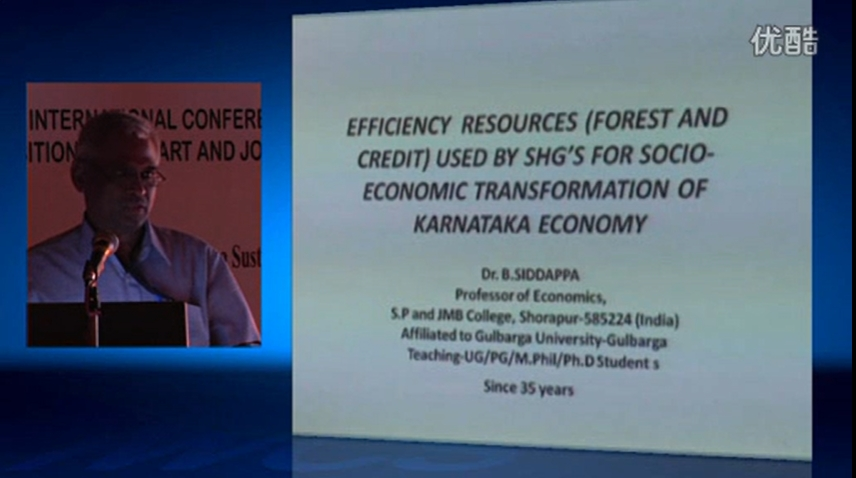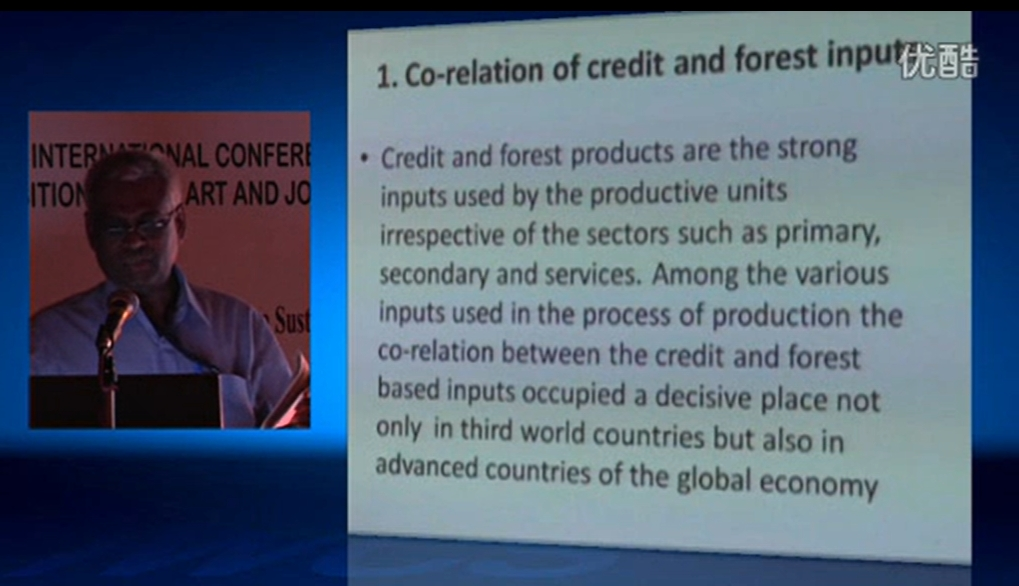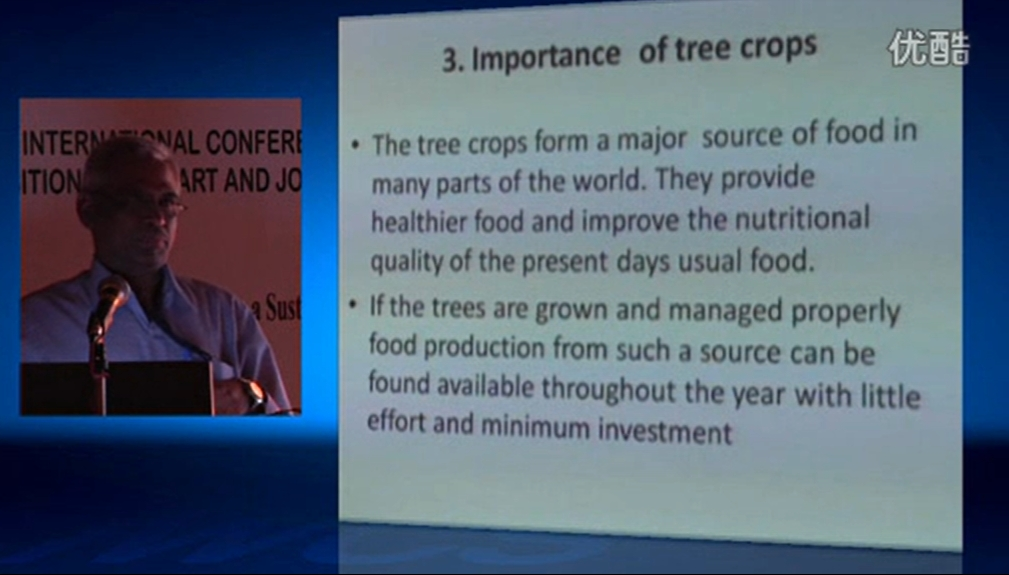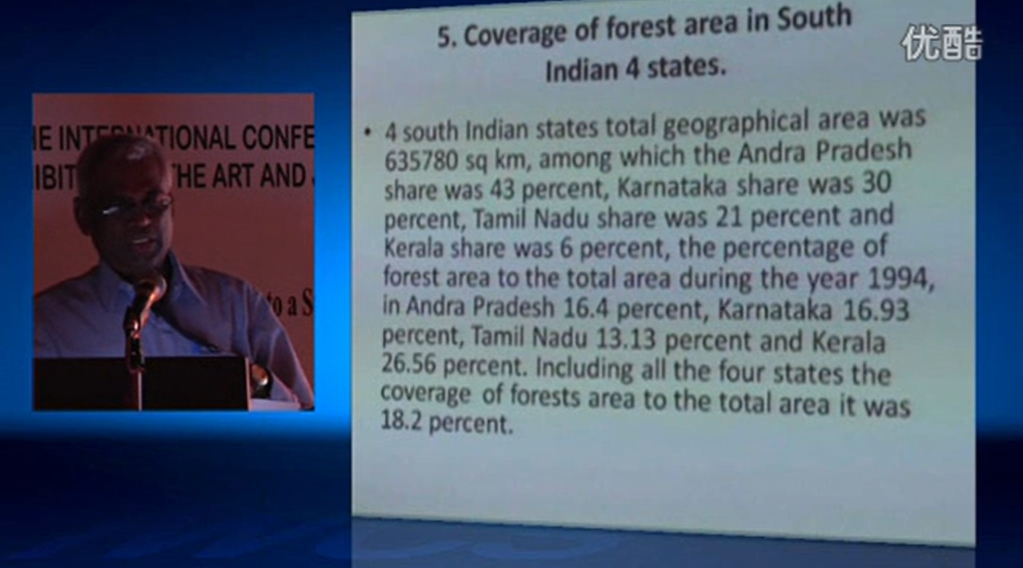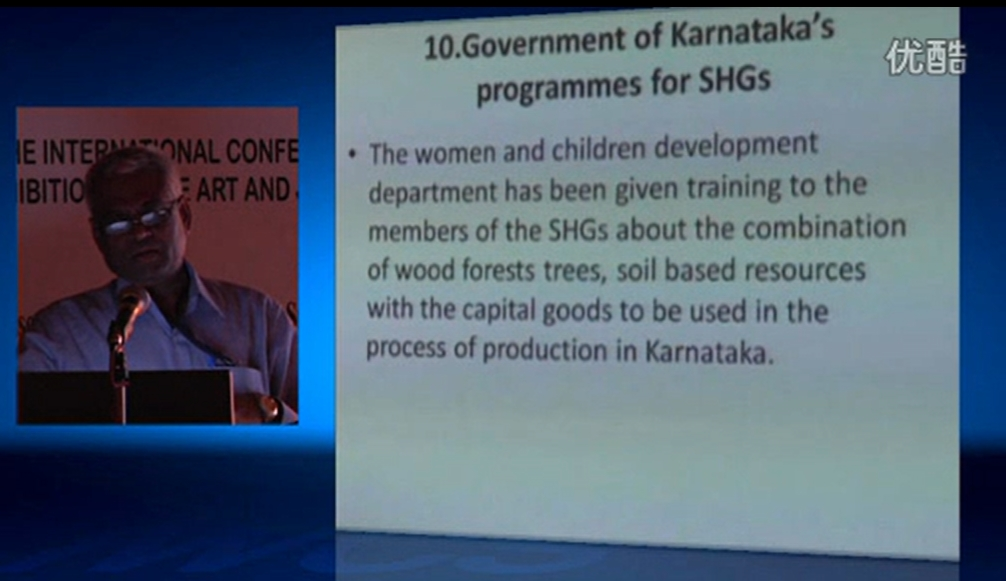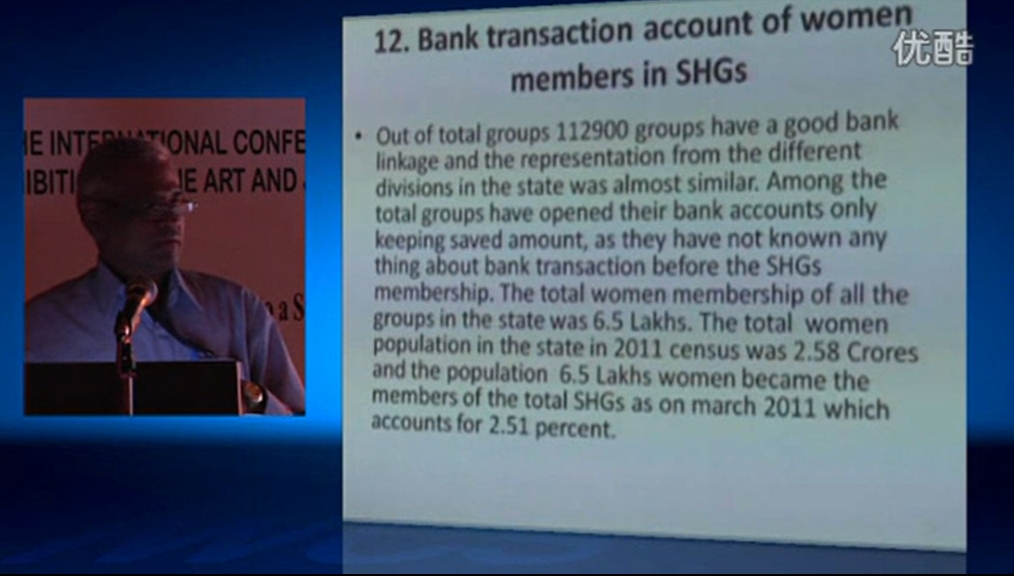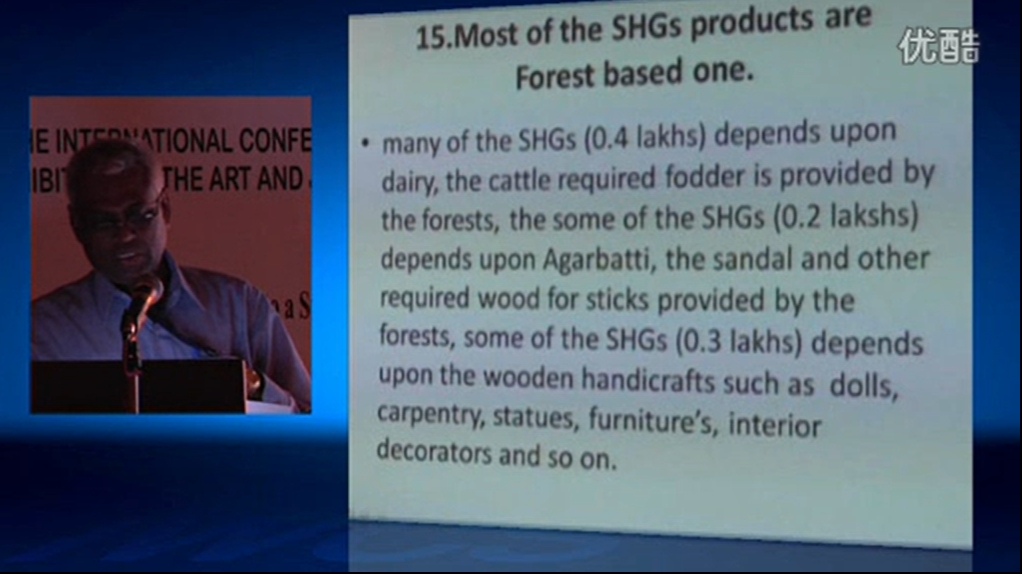活动名称:木艺木趣国际研讨会暨展览会
时间地点:2011年10月20日,印度班加罗尔J N Tata多功能礼堂
演讲嘉宾:B Siddapa, India
演讲题目:Efficiency resources (forest and credit) use by SHG’s for socio-economic transformation of Karnataka economy
摘要:Credit and forest resources are the strong inputs used by productive units (SHG‘s) irrespective of sectors such as primary, secondary and other services. About 43 percent of the total energy consumed in third world countries by more than 2 billion people is met from biomass fuel. This is equivalent to 22 million barrels of oil per day, which is saved from its consumption. In India about 80 percent of the rural people are dependent on wood fuel for cooking their food and 65 percent of the total fuel wood is collected from the local fields free of cost and also from forest and community wood lots.
India is one of the mega- biodiversity regions in the world, with a rich genetic species and eco-system diversity. This heritage system is to be conserved for future civilization. India is rich in genetic species and eco-system diversity. It is one of the lowest in the world in possession of per-capital forest land, which is 0.1 ha and has worsened with the increase in population and increase in use of forest land for farming and domicile purposes.
Karnataka is one of the states of India situated in southern part. The forest area of Karnataka state is 32467 Sq Km as of December 1999, which is 16.93 percent of the total area.
The percentage of poor families including small marginal farmers, rural artisans are receiving a very small percentage of credit in different parts of the developing world. Nearly 80 percent of the women belonging to weaker sections have not possessed institutional credit in these countries. Poor families have no capacity to save and deposit in the banks, but the banks should help them with a loan to invest in their well versed occupatios and out of the generated income the banks should recover the loans. This type of scheme of savings mobilization will have a trait full result to the banks as well as poor families. State and Central Governments have framed various income and employment generation programmes exclusively for the benefit of weaker sections.
The self help groups(SHG‘s) are voluntarily formed associations of the women members of up to 20 members in order to produce single community and earn income to solve their common problems such as poverty and unemployment in a particular place. In Karnataka 1.3 lakh SHG‘s have been performing their activities well in different productive fields such as dairy (0.4 lakh SHGS), agarbathi, sandal(0.2 lakh SHGS), wooden handicrafts, dolls, carpentry, statues, furnitures (0.3 lakh SHGS), handmade embroidery, tailoring, basket, mat, maps, panipuri, hotels, petty business, fruit trading (0.2 lakh SHGS), and processing small industries, poultry, piggery, coconut products, manure making , khadi products, pot maker(0.2 lakh SHGS). The women member‘s strength and their contribution (SHG‘s) is still improving and contributing much towards the socio – economic transformation of the society.
B Siddapa, S.P & JMB College, Shorapur-585224, INDIA.


 12,175
12,175